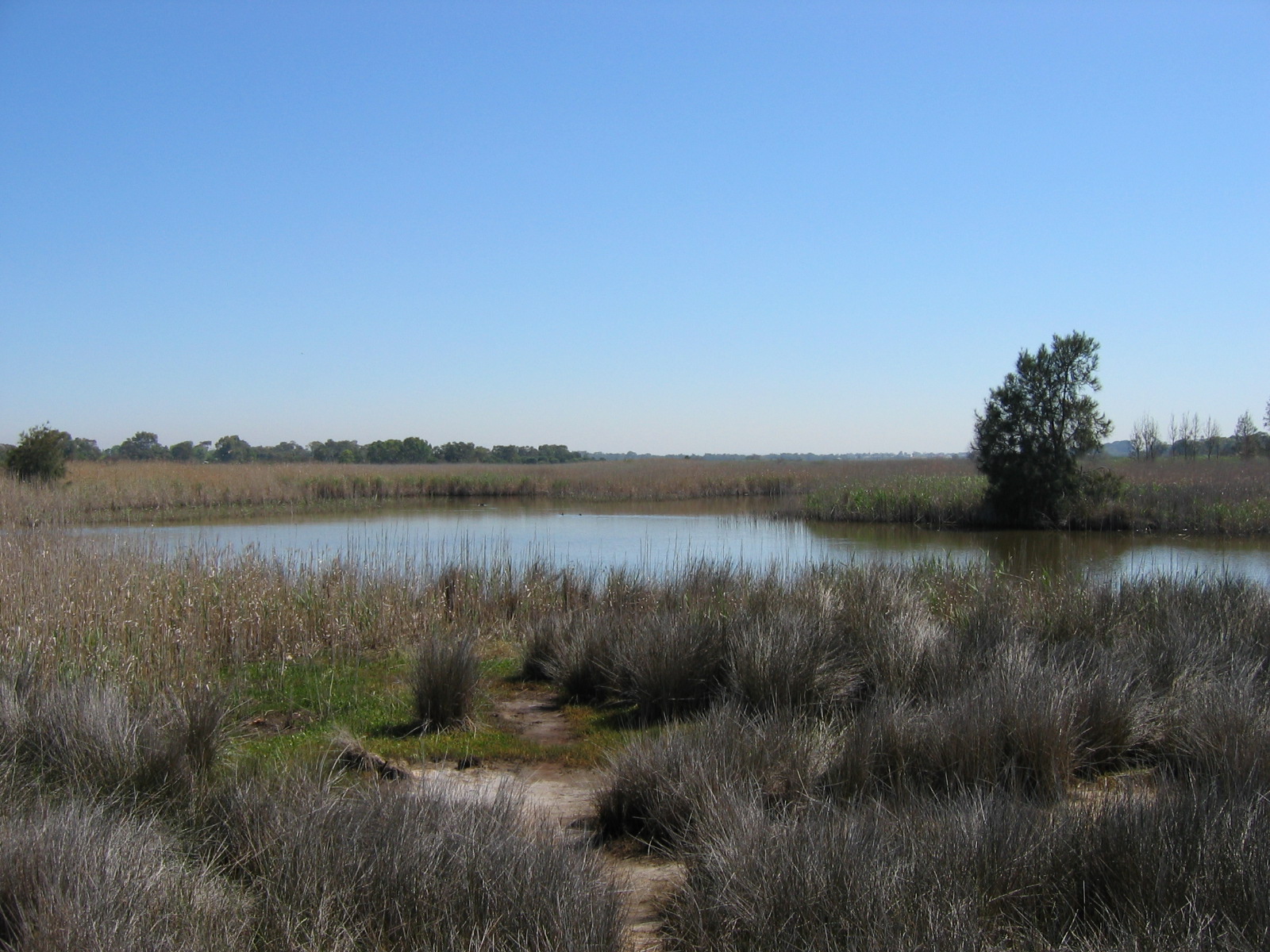Attachments
Note: Not all attachments are visible to the general public. Research URLs will go live after the embargo ends.

Journal/
conference: Marine and Freshwater Research
conference: Marine and Freshwater Research
Research:Paper
Organisation/s:
Federation University Australia, La Trobe University
Funder:
This project was funded by the Frankston City Council under a contract to Diatoma.



 Australia; VIC
Australia; VIC


